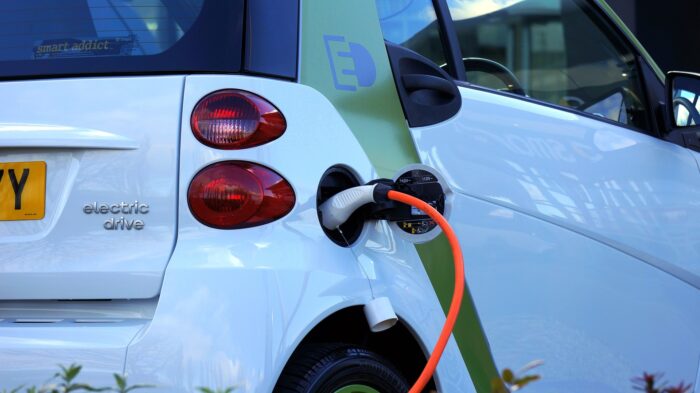
Click here to read Part I of this Letter to the Editor
Dear Editor:
Advantages of an electric vehicle include the capability to charge your vehicle at home and no more gas station visits, improvement of air quality and reduced maintenance costs. But there are restrictions that EVs bring as well.
Stated previously, the U S Department of Energy expects EV battery life will be between 10 and 12 years depending on the amount of driving you do and frequency that you charge your vehicle. Charging ports at present day create challenges with three different styles, all depending on the speed you wish to charge as well as the manufacturer of your vehicle.
Canada’s EV charging infrastructure is still rather weak which means it can be difficult to find an available charger, let alone a functioning one, in public places.
On the plus side, the most effective and efficient way to charge an EV is via an at-home charger, specifically one hooked up to a 240 Volt level 2 charger which should ensure your EV gets a sufficient charge overnight. Depending on the specific EV you own, the range added overnight should be more than enough to cover your daily driving needs providing you’re not making trips longer than 350 kilometres at a time.
Canada is the second largest country on the planet and has the world’s longest national road, the Trans-Canada highway, 7821 kilometres long and stretching from one coast to the other. Using the current battery charging capacity, you would need to stop 173 times to recharge your battery on this trip if you charge the battery to 100% capacity each and every time.
There are also EV trucks like the Ford F-150 Lightning and the Rivian R1T that are capable of towing up to 10,000 and 11,000 pounds respectively. The era of towing with an EV is upon us. Unfortunately, doing so takes a toll on the range.
During testing, Car and Driver discovered both the Lightning and the R1T rated range were cut by nearly two-thirds when towing only 6100 pounds in the form of a camper. Unless your campsite or boat ramp is very close by, then you may still need an internal combustion engine to do your towing.
Knowing the disastrous effects of lithium and cobalt mining as well as the advantages of the saline battery, wouldn’t it make more sense to have a saline ion battery that carried a one-hour charge with a small gas- or diesel-powered engine to keep it charged (Hybrid plug-in)? This would allow a person to travel from one end of the country to the other mostly on battery power.
Currently there are many plug-in hybrids available. The first that comes to mind is the Chevy Volt although it also has a lithium-ion battery. Mitsubishi has the Outlander PHEV. There is also the Kia Niro, Toyota Prius, BMW I8, Honda Clarity Toyota Rav4 Prime, Volvo XC60, the Hyundai Ioniq and the list goes on, but they all use lithium batteries.
One must ask if this total transformation of our transportation needs was fully thought out before such dates were imposed on us or before we started being charged a carbon tax to move the transition along more rapidly.
Most experts say the only way to move the transition along swiftly was to charge a carbon tax. That may be correct although looking at the big picture there seems to be need for leadership and consultation not only in our country but around the world to establish standards for charging ports, infrastructure and economical and EARTH-friendly batteries.
We need a plan put in place long before any penalties are imposed. This way we can attempt to do this as a species, the humans that inhabit this beautiful planet earth we call home. The planet we have so savagely polluted. This time around, let’s try to get it right and save our home and ourselves with it.
~ Kenneth J Martin
Image by Mikes–Photography from Pixabay

We agree with Mr Perciballi
As a master electrician I can comfortably state that most homes (my 6 year old house included) will require an upgrade to the electrical panel to accommodate a stage 2 charger which will be a cost. Some town infrastructure may not be able to accommodate that many upgrades. That coupled to the fact that road tax will one day need to be paid through either calculation of mileage or a flat fee. There are so many factors that all amount to cost and availability, I am beginning to feel the cart has surpassed the horse. Just my 2 cents.